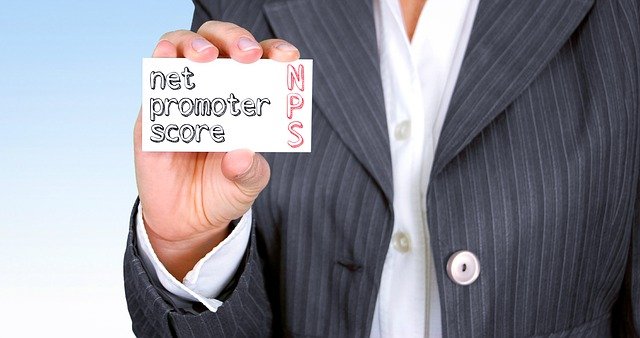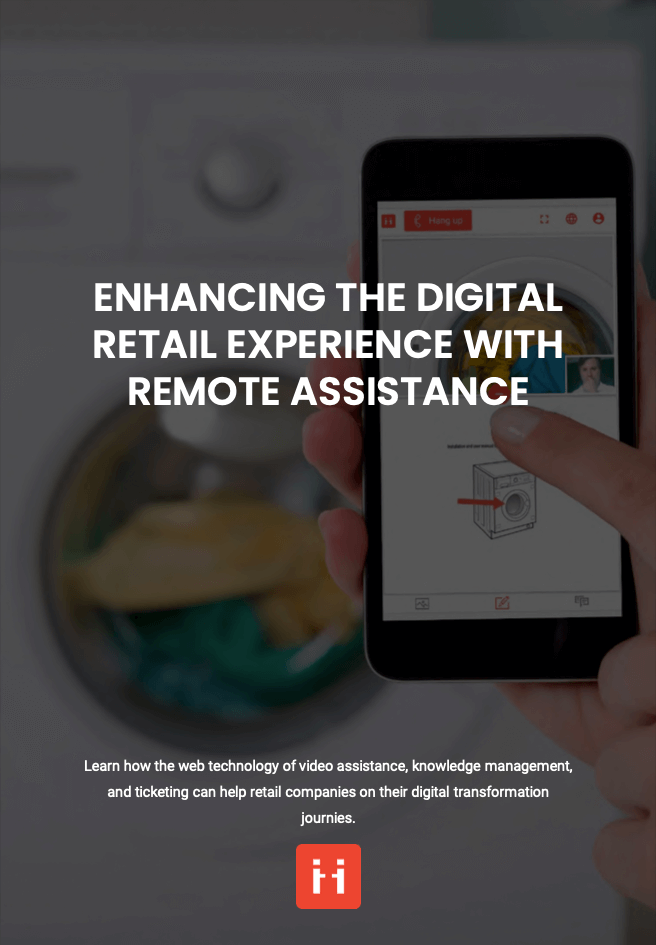
Share this article
Share this article
Customer loyalty can be hard to earn, but it’s even harder to earn back. According to some estimates, repeat customers account for 65% of business. On the other hand, after one bad experience, half of all consumers say they will switch to a competitor. These figures show that unhappy customers become a liability to your bottom line, especially in the long run. So given the importance of returning customers, how can a consumer-focused company make sure their customers are as satisfied as possible? Net Promoter Score (NPS) was invented to measure customer satisfaction and loyalty to solve this problem.
NPS stands for Net Promoter Score. NPS is a key performance indicator (KPI) used in customer service industries such as call centers and remote help desks. NPS can show you if customers are recommending your product or service by word of mouth or doing the opposite! It is an essential metric for measuring customer satisfaction and its reputation. Of course, it’s risky to rely exclusively on NPS to measure customer satisfaction. Used alongside other KPIs like First Call Resolution (FPS), NPS can help identify blind spots in your customer service that can cause reputational damage.
NPS is a valuable tool to measure whether your company is meeting customer expectations, especially regarding customer service. It shows how likely the customer is to recommend a company’s product or service to another person. Satisfied customers are more likely to recommend your company to friends and family. NPS is a great tool to keep track of your brand’s reputation. The purpose of NPS is to obtain a percentage as a shorthand for customer satisfaction. It shows brand loyalty and your brand’s success spreading by word of mouth. After all, people are more likely to trust friends and family’s recommendations than advertisements. Best of all, unlike expensive marketing campaigns, word of mouth is free!
Harnessing the power of NPS makes an excellent strategy for long-term business growth. By tapping into the factors driving customer satisfaction, you can use customer feedback to improve the customer experience. So now that we understand the purpose of NPS is to measure customer satisfaction, how do we calculate it? Let’s take a closer look.
The data for NPS is drawn from customer satisfaction surveys. It divides customers into three categories: Detractors, Passives, and Promoters. Detractors are unlikely to recommend your company and may even advise against it. It may surprise you to learn that passives are considered neutral, so they are not counted in the NPS calculation. Promoters are the people likely to recommend your company.
When asked if they would recommend a product or service, customers pick a rating on a scale of 1-10. Their answers are factored into NPS scores. Detractors are rated 0-6. Passives are 7-8. Promoters are 9-10.
To calculate NPS, use the following formula:

As you can see above, you multiply the result by 100 to obtain the NPS, which is a percentage. So now we’ve figured out the formula, but how do we interpret the data?
In theory, a good NPS score is above 30, but some industries have higher standards for NPS. This discrepancy is because customers are unlikely to talk to friends and family about industries like life insurance. It is also because some industries like department stores are more reliant on customer experience than others for repeat business. Survey Monkey rates the “top quartile” of NPS scores for consumer goods and services as 72 or higher. The bar for a “good” score drops to only 64 for technology companies.
All in all, you’ll have to do some research to understand how the NPS score applies to your industry to know what qualifies as a “good” score. In any case, if the percentage of detractors is higher than the percentage of promoters, you’ve got a serious problem on your hands! Now let’s zoom in on customer service to get an idea of how NPS is used in that industry.

NPS is often used in call centers and other customer support-related industries to measure customer satisfaction. NPS surveys use specific survey questions designed to give you the NPS score. You can send multiple short surveys along the customer journey to find weaknesses in your customer service.
NPS is included as a Key Performance Indicator for ViiBE’s software. It is updated for each call agent in real-time following a quick post-call customer survey. NPS is one among several key performance indicators that companies use to ensure their customers are satisfied. ViiBE tracks both internal and external NPS as well as first call resolution (FCR).
Air Conditioner manufacturer Daikin uses ViiBE both to help its technicians and its customers. For technicians, ViiBE can put them in touch with an expert instantly thanks to expertise call routing. Expertise call routing means the technician can be quickly guided through complex situations via video. For customers, Daikin has implemented ViiBE for after-sales service to diagnose issues and guide customers through repairs when possible. When it is impossible to repair the problem remotely, Daikin can identify the parts needed for a technician to fix it in person. Daikin has increased NPS by 43%, thanks to ViiBE’s customer-focused solutions.
Net Promoter Score is an indispensable tool in the toolbelt of customer-oriented industries. It is a bellwether for customer satisfaction and loyalty. By using NPS score and the NPS question strategically, you can identify the factors behind customer satisfaction to improve your customer experience. ViiBE’s quick post-call survey makes it easy to keep tabs on NPS and to measure improvements over time. It can help you identify underperforming employees and guide you to find high performers to retrain them. Beyond NPS, ViiBE is a comprehensive solution for interacting with customers remotely via video. ViiBE’s suite of features, from its knowledge management system to its ticketing system, is designed to improve customer experience.

Free E-book available now!